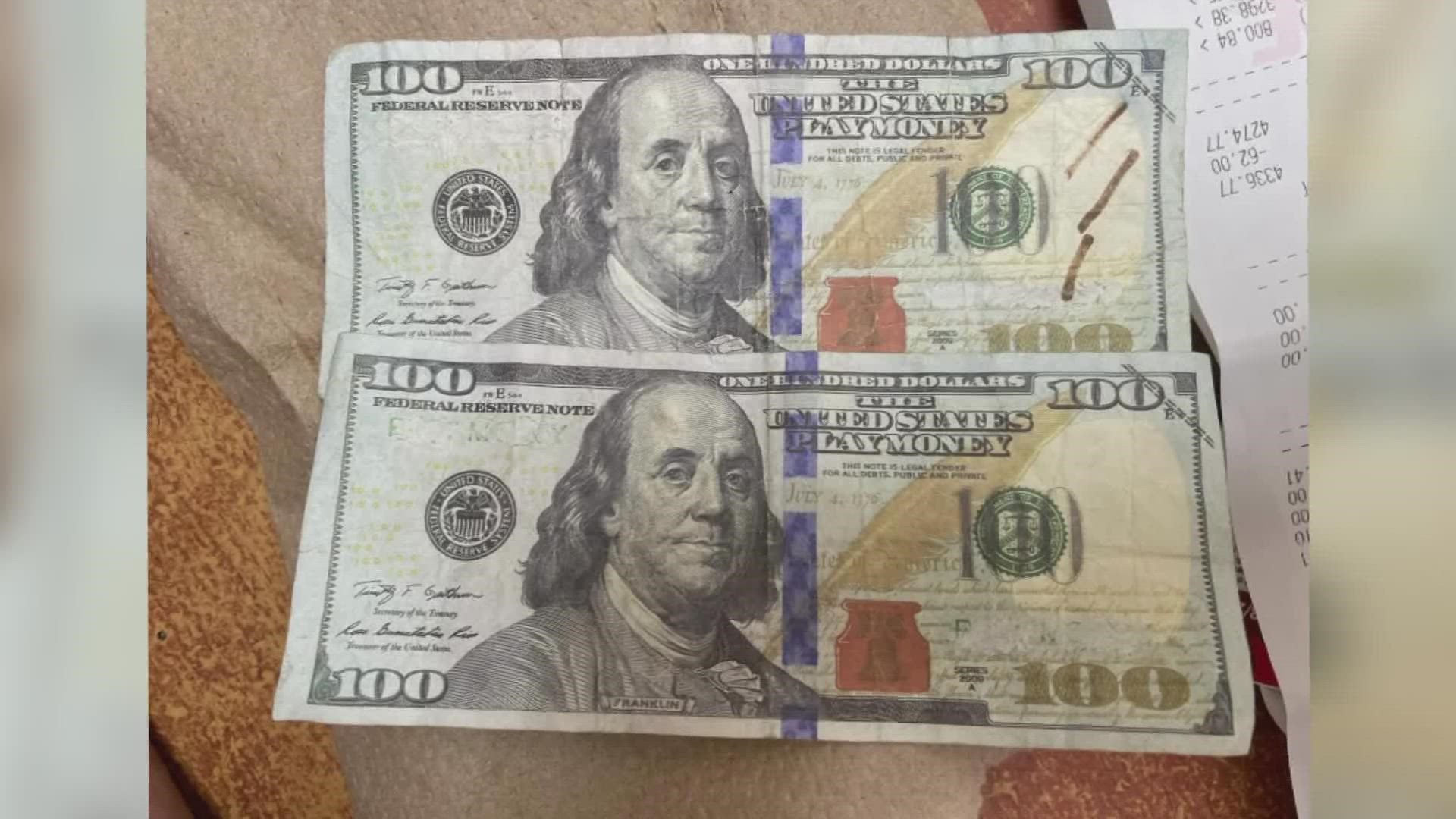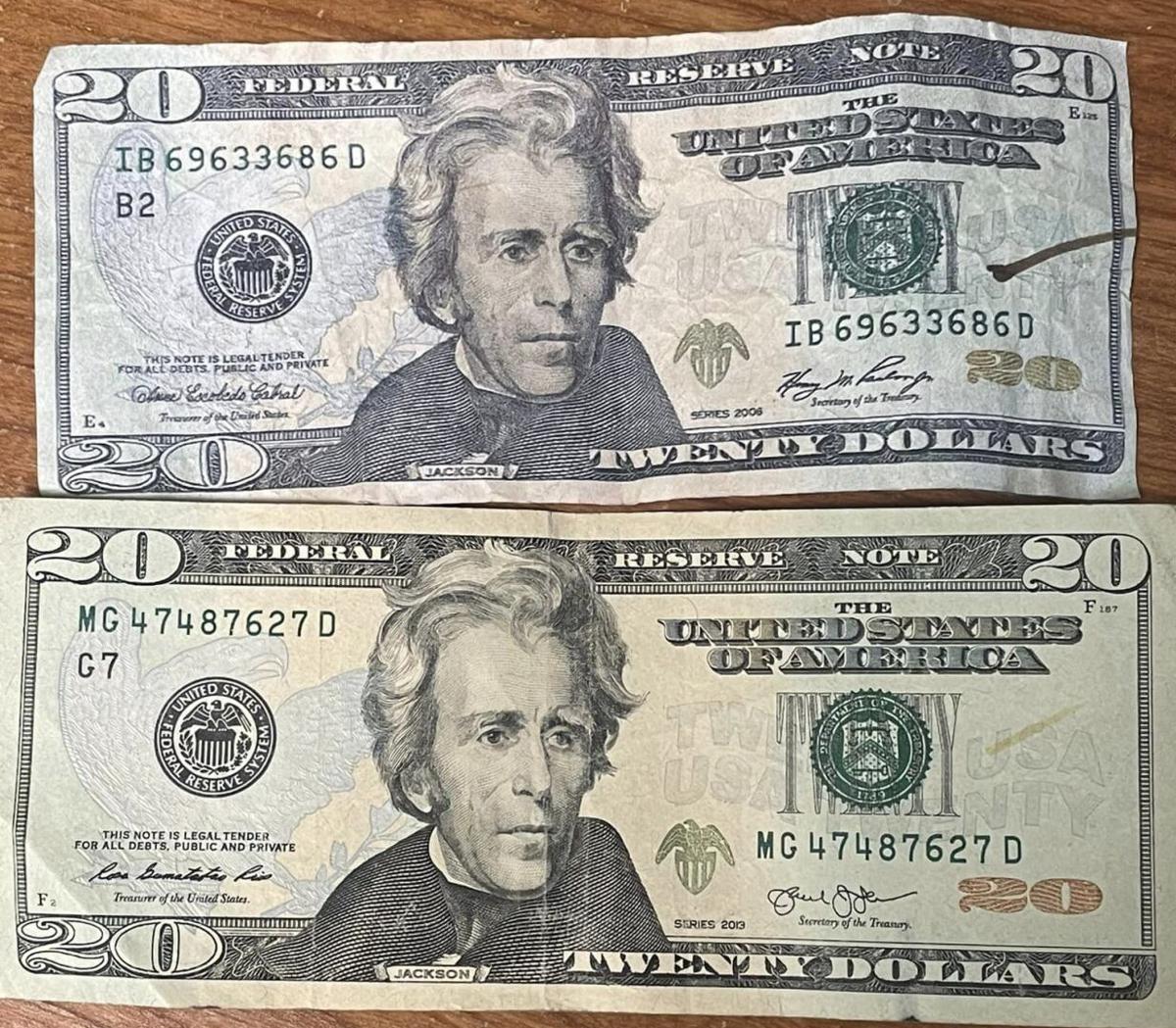Exploring Legitimate Networks to Acquisition copyright Money up for sale
Exploring Legitimate Networks to Acquisition copyright Money up for sale
Blog Article
Discover usings Funny Money in Artistic Creations and Theatrical Performances
Funny money, usually identified with deceptiveness and illegality, holds a peculiar appeal when it discovers its way into the realm of imaginative creations and theatrical performances. Its background is stuffed with intricate narratives that have influenced musicians to include these reproductions into their jobs. From the aesthetic arts to the dramatic stage, copyright currency has actually been utilized in interesting means that test perceptions and prompt thought. As we dig right into the multifaceted uses funny money in these creative domain names, we start to uncover a globe where authenticity and replica blur, triggering us to question the very nature of worth and representation within art and efficiency.

Historic Value of Funny Money in Art
The historic significance of copyright money in art is a complicated and fascinating subject that loses light on the intersection of creative thinking, subversion, and socio-political commentary. Throughout background, musicians have used phony money as a tool for challenging social norms, examining the value of money, and making effective declarations concerning wealth and power.
One of the most notable examples of imitation cash in art go back to the Dada movement of the early 20th century - copyright money for sale. Artists such as Marcel Duchamp and Hannah Höch included phony currency right into their works to slam the capitalist system and explore the concept of worth in a rapidly transforming world
In addition, during times of financial instability or political upheaval, imitation money has actually been utilized by artists as a type of objection or rebellion. By producing and circulating phony money, musicians have been able to interfere with the condition quo, obstacle authority, and provoke vital conversations about the role of money in society.
Impact of Imitation Currency on Visual Arts
Influencing the visual arts landscape, copyright money has actually functioned as a thought-provoking medium for musicians seeking to challenge conventional perspectives on riches and commerce. By integrating funny money into their works, artists prompt discussions on the nature of value, credibility, and social perceptions of wide range. With the assimilation of copyright money, aesthetic art work can challenge viewers with questions regarding the power characteristics inherent in monetary systems and the illusions of prosperity. Using copyright in art additionally increases ethical considerations relating to the borders of imaginative expression and the ramifications of duplicating legal tender. Additionally, phony money in visual arts can act as a discourse on customer society, materialism, and the relentless search of wealth in modern society. In general, the influence of copyright currency on aesthetic arts is complex, boosting important reflections on the intersection of money, art, and social worths.
Significance and Meaning in Theatrical copyright Displays
Utilizing staged imitation screens, artists utilize symbolic representations to share deeper meanings and stimulate thought-provoking interpretations within the realm of performance art. Via the unification Homepage of copyright in theatrical manufacturings, developers can check out motifs such as greed, power, corruption, and the impression of wide range. The use of copyright on stage can function as a metaphor for societal problems, economic disparities, and the frailty of economic systems.
In staged performances, the symbolic worth of funny money extends past its financial well worth. It can symbolize the deceptive nature of appearances, the search of materialistic wishes, and the consequences of unethical behavior. By making use of funny money as a prop, artists can challenge audiences to question real significance of riches and the honest limits content that people might go across in its quest.
Honest Factors To Consider in Utilizing copyright Money for Art

One significant moral consideration is the potential legal consequences of utilizing funny money in art. Counterfeiting currency is unlawful in most nations and can lead to severe consequences for musicians that purposefully incorporate copyright expenses into their work. copyright money for sale. This not only puts the musician in danger yet also raises inquiries regarding promoting prohibited activities with art
Furthermore, there is an honest problem relating to the credibility of the art work itself. Making use of fake cash obscures the line between fact and imitation, potentially deceiving visitors and compromising the integrity of the artistic item. Artists must consider whether using funny money lines up with their values and creative intentions, weighing the possible influence on their credibility and integrity.
Future Trends in Imitation Cash Integration
Taking into consideration the evolving landscape of imaginative expression, the unification of imitation cash in creative jobs might witness a change in the direction of provocative and cutting-edge opportunities. As artists remain to press boundaries and explore brand-new tools, copyright money might significantly be made use of to challenge societal norms, question the value of money, or make effective declarations regarding riches and consumerism.
One future trend in phony cash integration can be its application in immersive art setups where target markets are motivated to interact with the items, blurring the lines between truth and impression. In addition, improvements in technology find may lead to the development of hyper-realistic funny money that is practically equivalent from genuine money, opening up possibilities for a lot more thorough and intricate art work.
In addition, collaborations in between counterfeiters and artists could cause distinct pieces that incorporate typical imaginative strategies with the workmanship of creating funny money. Moral factors to consider surrounding the legality and morality of utilizing phony money in art will certainly continue to be a factor of opinion as these future patterns unravel.
Conclusion
In verdict, the uses of copyright cash in theatrical efficiencies and creative creations have a lengthy history and proceed to be a source of motivation for artists. The assimilation of imitation money in art is most likely to continue developing in the future.
In general, the effect of copyright currency on visual arts is diverse, promoting important representations on the crossway of cash, art, and societal values.

In conclusion, the uses of fake cash in artistic creations and theatrical performances have a long background and continue to be a source of ideas for artists. Ethical considerations must be taken into account when making use of phony cash for innovative objectives. The integration of imitation money in art is likely to proceed progressing in the future.
Report this page